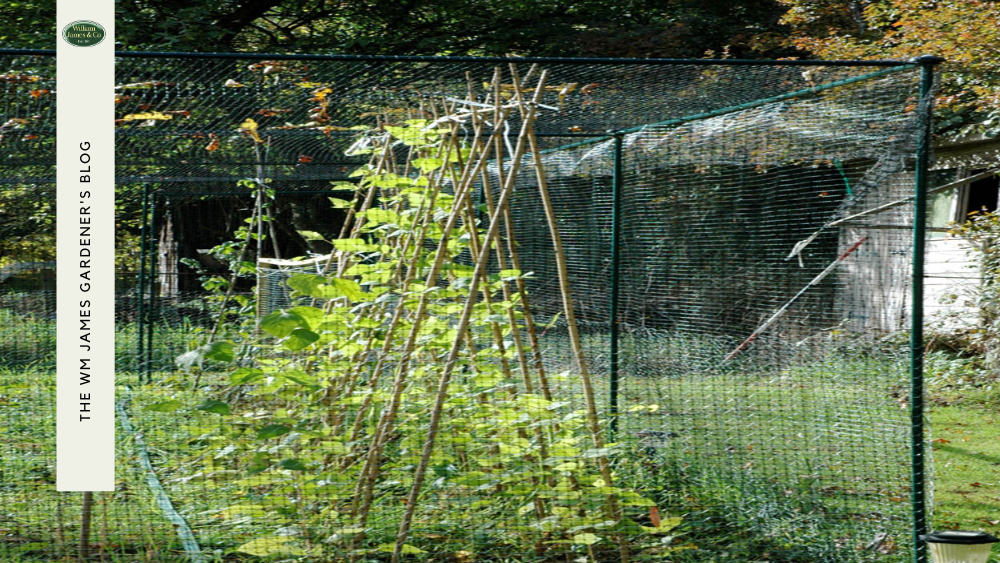We use cookies to make your experience better. To comply with the new e-Privacy directive, we need to ask for your consent to set the cookies. Learn more.
What To Grow In A Polytunnel
- Admin
- WM James Gardening Blog
- 25 Nov 2021
-
871views
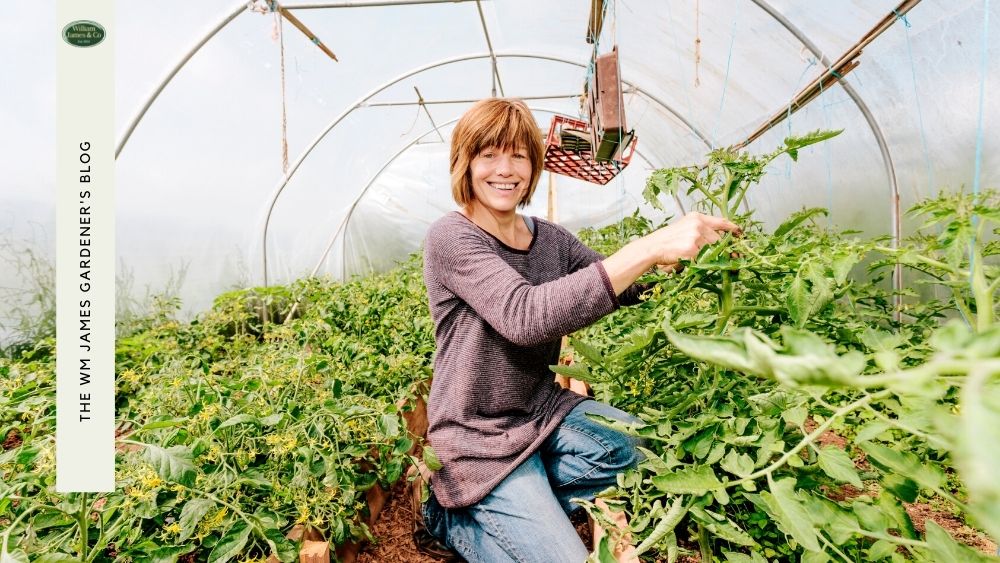
Use our handy guide for beginners on polytunnel growing. We cover what to grow in a polytunnel & the benefits of this gardening technique. Let's dig in!
If you're wondering what to grow in a polytunnel, you're not short of options!
Most crops can be grown in a polytunnel; you just need to think about whether you're growing summer crops, salad crops or winter crops and how you might grow different vegetables together in this temperature-controlled environment.
One of the great benefits of growing crops and vegetables at home is that it's a fun way to spend time in the fresh air and get a reward for doing it!
Fresh, homegrown veggies are tasty and great for anyone who wants to know exactly what goes into their food.
If you're just getting started on your garden or allotment polytunnel growing, we've got lots of tips to help you get started.
Before we dive in, here is a selection of our long-lasting polytunnels. We offer free UK delivery*, too; happy growing!
Growing Crops Outside in the UK
When growing vegetables outside, it’s important that you keep the temperature controlled, which can be a challenge in the UK, as the weather is temperamental.
Also, you need to ensure that your precious plants are protected from direct sunlight, frost, insects or other pests who might see them as a tasty snack.
How to Protect Your Plants from Aphids
Thankfully, there are plenty of products available to help vegetable growers keep their homegrown vegetables safe from harm and get the most from the seeds you've planted in early spring!
One of these solutions is polytunnels, which are popular with many gardening enthusiasts. As the name suggests, a polytunnel is a structure made of polyethene plastic that’s usually shaped into a tunnel using plastic or steel hoops.
Polytunnels can be large enough for a person to walk through, or they can just cover your plants and crops, so they take up too much space, and gardeners can check their plants, vegetables or fruit through the plastic or by inserting a hand.
Small Polytunnel Ideas for Your Garden
In this blog post, we’re going to discuss why gardeners should consider using these innovative pieces of equipment and, of course, what to grow in a polytunnel once it's set up and ready to go!
Let's dig in.

Why Grow Vegetables In A Polytunnel?
Most crops are very sensitive to light and temperature, which means they only have a limited growing season. By protecting them with a polytunnel, you can extend this growing season by a few weeks or even months, giving you a better yield for your efforts.
Polytunnels are also great for keeping your plants safe during the winter, particularly when the weather gets very cold, and frost appears on the ground.
Protecting plants from frost is essential as frost can damage plant leaves and stunt their growth, so keeping them safe from it is crucial, and a polytunnel can help with this.
Shop Our Wide Range of Polytunnels Here!
10 Vegetables To Grow In A Polytunnel for Beginners
While most veggies grow well in a polytunnel in your garden or allotment, some do better than others. As such, you should make the most of the space in your tunnel by choosing the right crops for it.
If you’re considering growing crops and vegetables in a polytunnel, then here are some of the best choices that thrive in this environment.
| What to Grow in a Polytunnel UK |
When to Plant |
When to Harvest |
| Tomatoes | April to May | June to August |
| Potatoes | March to April | June |
| Peppers & Chillies | Mid-Late May | August to September |
| Lettuce | Apil | June |
| Cabbage | July to August for Spring Cabbages | November to March |
| Broccoli | April to June | November to March |
| Carrots | April to July | July to October |
| Courgettes | April to June | June to October |
| Onions | March to April | Autumn Months |
Tomatoes
Tomatoes have small fruits that hang low to the ground, so they need a warm climate in which to grow.
A polytunnel can protect them from the elements and keep the soil warm, so your tomatoes grow plump and delicious.
Read Our Guide on Growing Healthy Tomatoes
When to plant in polytunnel: April to May
When to harvest: June to August
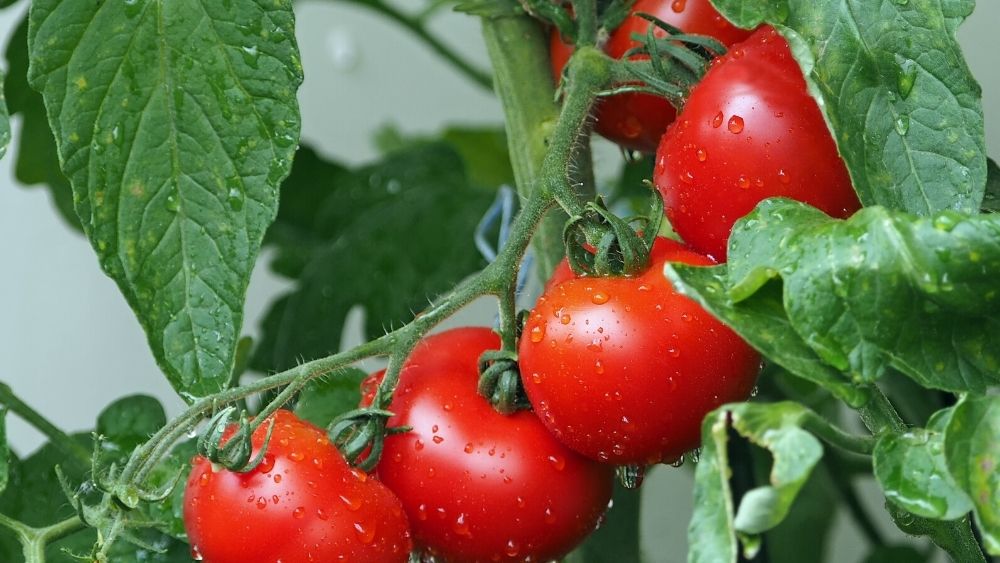
Potatoes
Potatoes grow well in polytunnels as they can be protected from the elements, meaning their growing season can extend into the depths of winter. You can even cover them with straw and mulch to help them grow; they'll love the conditions created by your polytunnel.
When to plant in polytunnel: March to April
When to harvest: June
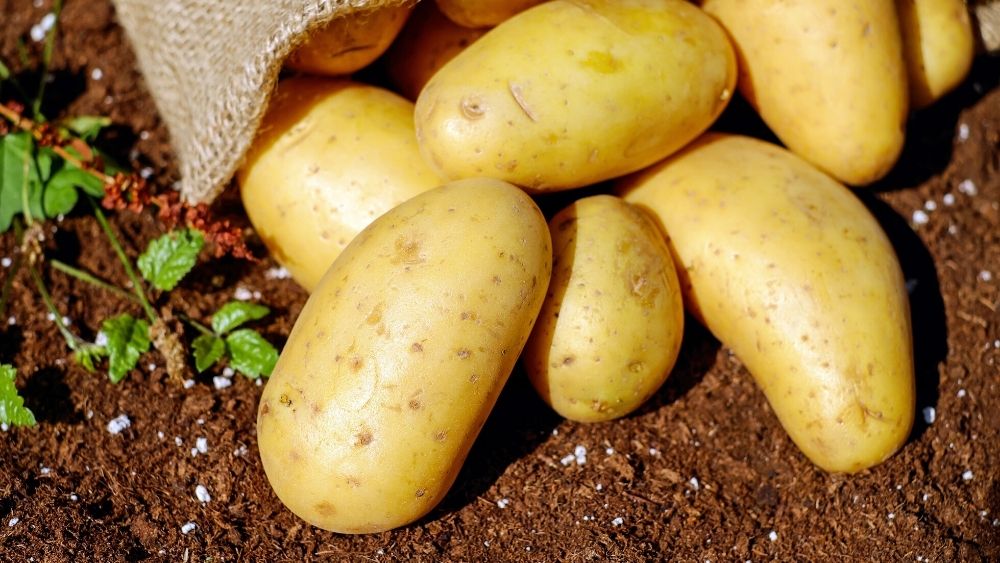
Peppers and Chillies
Peppers also thrive in polytunnels as they can easily be harmed by extreme cold or heat. By protecting them in a polytunnel, you can increase your chances of a delicious bounty of tasty peppers.
When to plant in polytunnel: Mid to late May
When to harvest: August to September

Lettuce
With its tasty leaves, lettuce is a prime target for pests and insects. In a polytunnel, your lettuce can grow large without being damaged by pests or stunted by poor weather conditions.
When to plant in polytunnel: April
When to harvest: June

Cabbage
Much like lettuce, cabbage can also be damaged by the elements and pests if it’s left to grow unprotected. A small polytunnel can easily be placed over it to keep it safe.
When to plant in polytunnel: July to August for spring cabbages
When to harvest: 4 to 6 months after
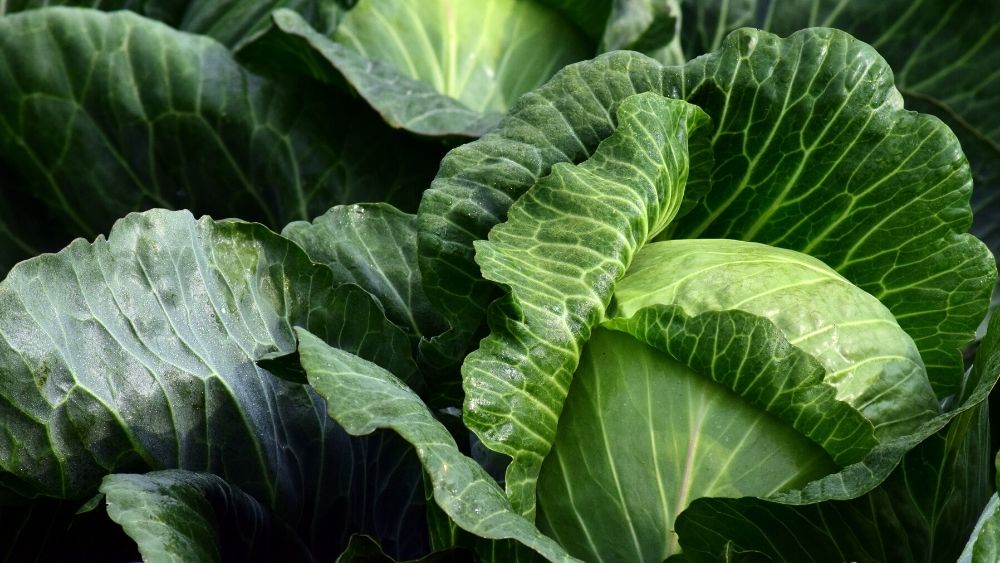
Broccoli
While broccoli is naturally resistant to the elements, growing it in a polytunnel can help you to increase the size of your plants and allow them to mature faster.
When to plant in polytunnel: April to June
When to harvest: November to March
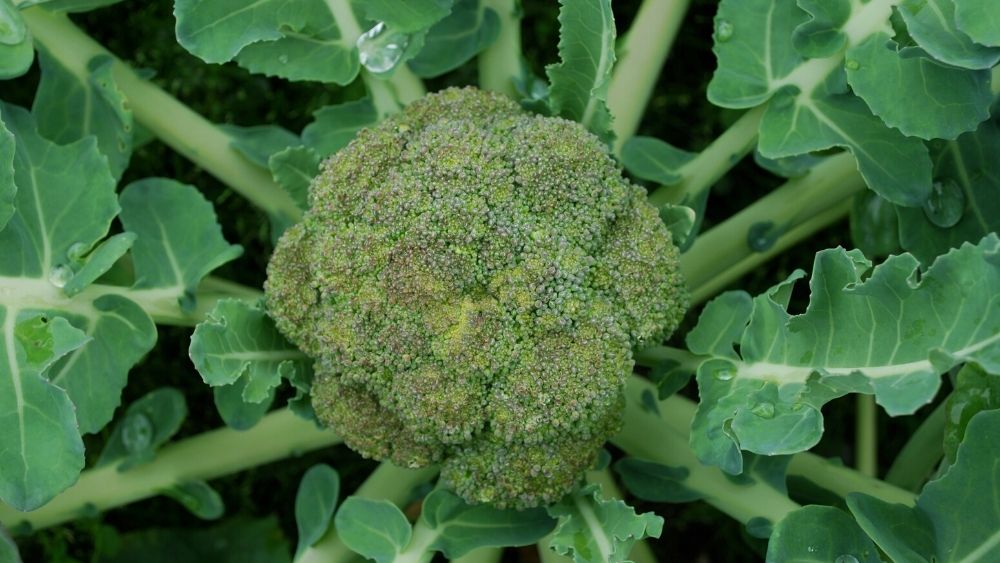
Carrots
Carrots are usually planted in the spring, but with the help of a polytunnel, you could extend their growing season to mid-summer and get more delicious homegrown carrots to enjoy.
When to plant in polytunnel: April to July
When to harvest: July to October

Courgettes
Courgettes and marrows grow outside of the soil and are soft and juicy, making them a prime target for pests. These plants are also very sensitive to their environment, so a polytunnel could be the ideal way to keep them safe.
When to plant in polytunnel: April to June
When to harvest: June to October
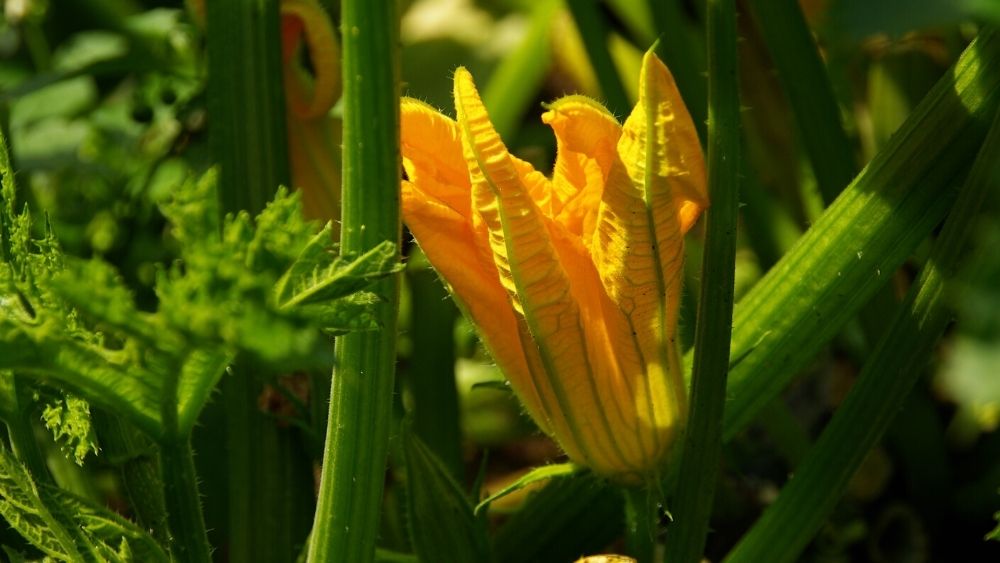
Onions
While the body of the onion grows under the ground, the top can poke through the top of the soil, and the leaves can also be affected by the weather, so growing onions in a polytunnel could be a wise idea.
Growing onions in a polytunnel can also help you to keep the plants warm and increase the size of your crop.
When to plant in polytunnel: March to April
When to harvest: Autumn

Herbs
Herbs such as basil, mint and thyme are often grown indoors, but with a polytunnel, you can cultivate them outside. They will be protected from the elements and kept warm, meaning they will thrive in this environment.

Advantages Of Growing Vegetables In a Polytunnel
There are many advantages to growing vegetables in a polytunnel. The structure keeps out insects, slugs and other pests, while the warmth it creates speeds up plant growth.
If you have a patio or balcony garden that overlooks your polytunnel, this can provide an even greater crop yield as you can grow more vegetables in smaller spaces.
By growing crops in a polytunnel, particularly when combined with other growing techniques, such as companion planting, you can extend your growing season and increase the size of your crop.
Some of the main advantages of growing vegetables in a polytunnel include:
- Polytunnels can help you to extend the growing season for many vegetables
- They keep your plants safe from pests
- Polytunnels can warm up the soil for future crops
- By using a polytunnel, you can improve the layout of your vegetable plot and make it clear where each plant is growing
- Polytunnels come in a variety of styles and sizes, so you can find one that suits your needs
As all the benefits above prove, there are many advantages to using a polytunnel to grow your vegetables. This list isn’t exclusive, and some gardeners might find additional advantages not listed here.
Shop Our Commercial & Domestic Polytunnels Here!

Good Luck With Your Polytunnel Growing!
As this article highlights, polytunnels are a useful addition to any home garden or allotment.
As well as polytunnels, you can also use other gardening equipment, such as plant support, gardening tools and potting trays, to keep your plants protected and get them growing and thriving in your garden.
Shop our polytunnels below and see what you can grow!
*Get free UK delivery on orders over £100.
FAQs
Will My Crops Grow Bigger In A Polytunnel?
While there is never any guarantee, using a polytunnel can improve the size of your vegetable crops, as it can keep your veggies at a warm temperature. Also, by protecting them from pests and extreme weather, you can improve the chances of your crops surviving and thriving.
What Are The Temperature Differences In A Polytunnel?
Polytunnels are designed to keep your plants warm, but the temperature inside the tunnel depends on the time of year and the outside temperature. In winter, the sun and trapped warmth can keep a polytunnel at up to 30 degrees or more. In the summer, the polytunnel can get very warm, depending on how hot it is outside and how long the sun is out.
What To Grow In A Polytunnel Over Winter?
During the winter, you can grow a range of plants in your polytunnel to keep them warm. So, veggies that thrive in the mild climate of autumn can have their growing season extended to early to mid-winter.
Some of the veggies you can grow in a polytunnel over winter include:
- Radishes
- Carrots
- Kale
- Garlic
- Spinach
- Turnips
- Potatoes
Can You Grow Veg All Year Round In A Polytunnel?
While polytunnels are useful for keeping your veggies warm and safe, they’re not infallible. You might not be able to grow every vegetable all year round. However, if you rotate your crops and manage them correctly, you can use a polytunnel to grow some form of vegetable throughout the year.
If you’re planning on using a polytunnel constantly, then you need to check the seasons for your crops and work out roughly how long the tunnel can extend this. You can then rotate your crops and ensure that you get the best possible yields at all times. Then you’ll always have some yummy veggies to enjoy.
What Should I Not Grow In A Polytunnel?
While some plants thrive in a polytunnel, others don’t do so well. Some larger fruit trees can grow taller than the polytunnel, so being confined to it could stunt their growth and damage the tunnel. Also, you need to make sure that you stick to seasonal growing when you’re using a polytunnel.
While the use of the polytunnel can extend your season, as it allows you to keep your plants warmer than the outside temperature, you still need to remember that the equipment can only take you so far.
Therefore, while you can extend your growing seasons with a polytunnel, it’s advised that you don’t go outside of these extended seasons and don’t grow spring veggies in the heart of winter.








